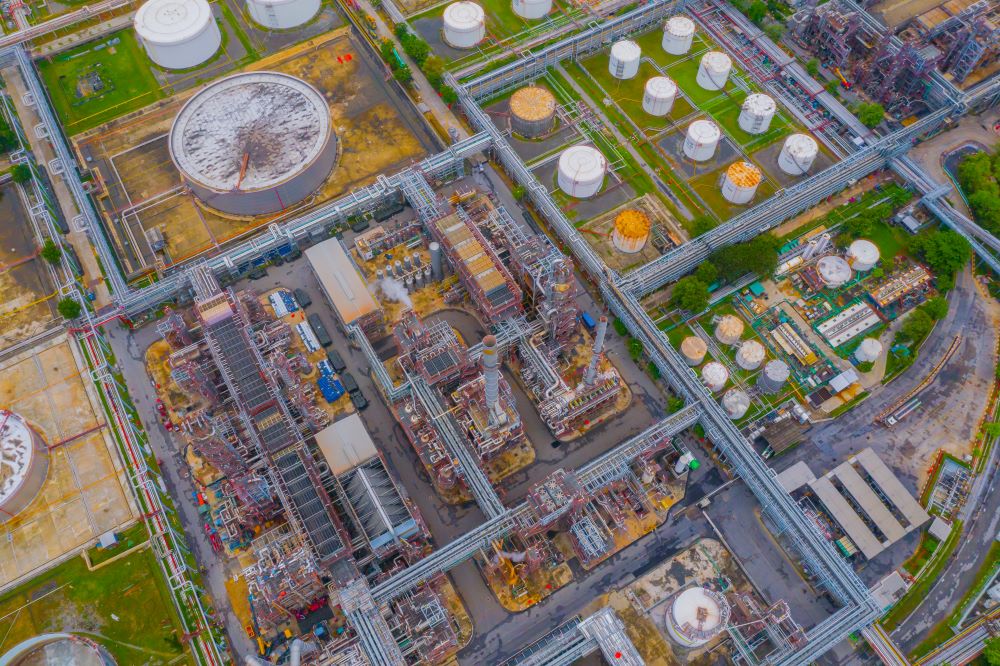Integral foam dams are versatile systems used for a variety of applications. Some of the most common uses include:
Contaminant Isolation
Integral foam dams can be used to isolate contaminants by creating a barrier around the perimeter of a spill. The foam expands and hardens, sealing and containing the contaminants. This prevents further spreading and migration into surrounding areas.
Void Filling
Integral foam is frequently used to fill voids, cavities, and abandoned pipes. The foam is injected as a liquid and then expands many times its original volume to fill the entire void space. This stabilizes the area and provides support. Filling voids and abandoned infrastructure prevent collapse, subsidence, and sinkholes.
Stabilization
Integral foam can be used to stabilize soil, slopes, and embankments. The foam is injected into the ground, fills voids and cracks, and then hardens, binding soil particles together. This helps prevent erosion, slippage, and failures. Slope stabilization with integral foam is often a cost-effective solution compared to traditional methods.
Water Sealing
Integral foam injection is an effective method for sealing water leaks and controlling seepage in dams, canals, tunnels, and underground structures. The foam reacts with water and expands, sealing cracks and voids to stop water flow. Foam injection can be used for both temporary emergency sealing as well as permanent repairs.
Structural Support
The integral foam supports buildings, foundations, bridges, dams, and more. Foam injection underneath structures fills voids, lifts and levels the structure, and then hardens to provide a durable base. The foam also strengthens and reinforces structures by filling wall cavities and cracks. This helps improve stability and prevents failures.
In summary, integral foam dams have many useful applications across various industries for containment, stabilization, sealing, filling, and structural support. The material’s ability to flow into tight spaces in a liquid state and rapidly harden provides an effective solution for solving many complex problems.




